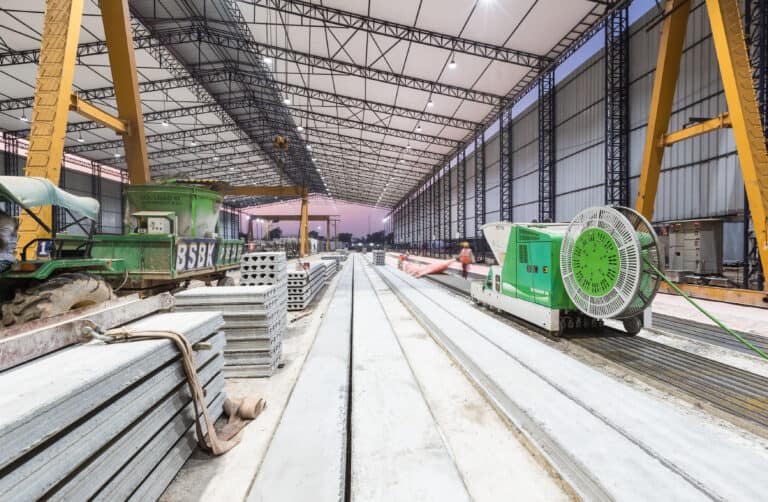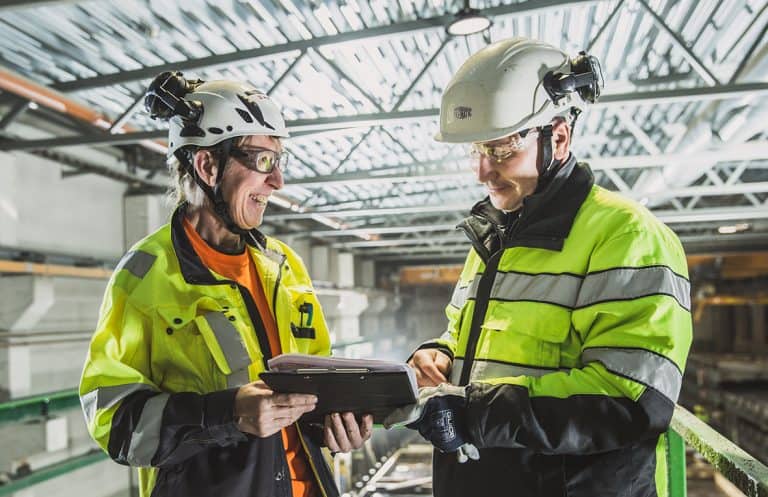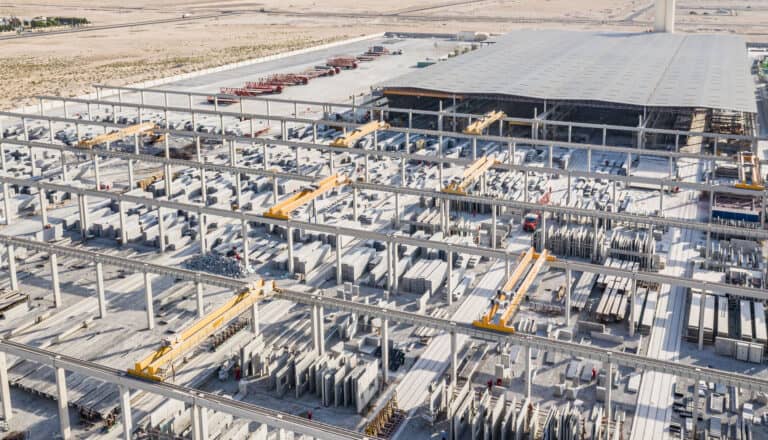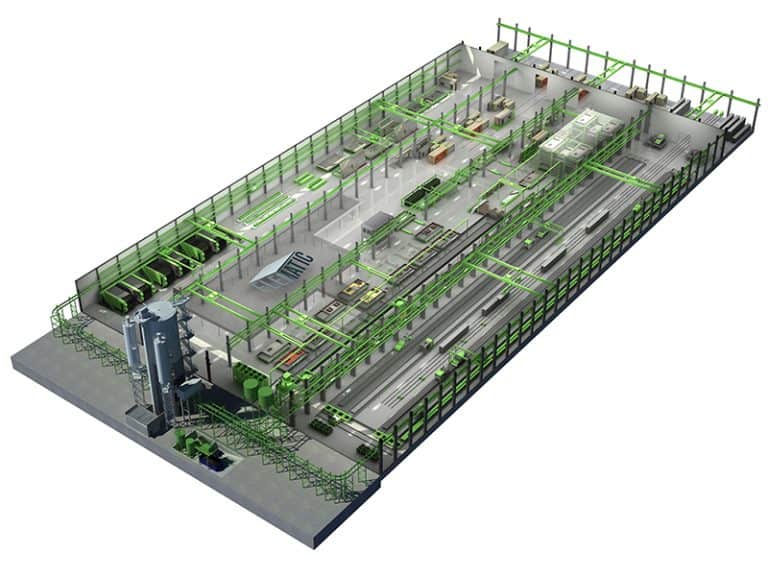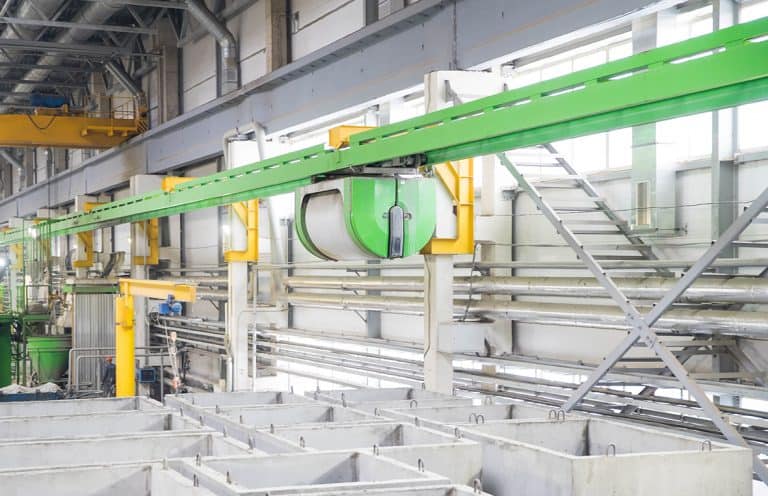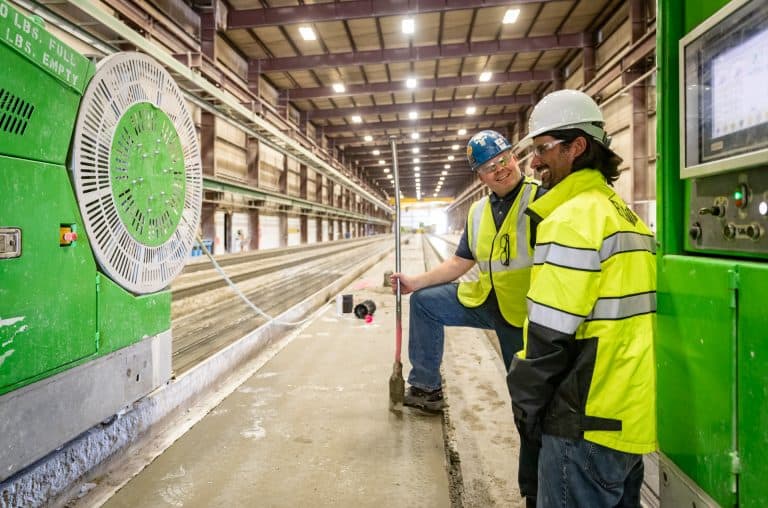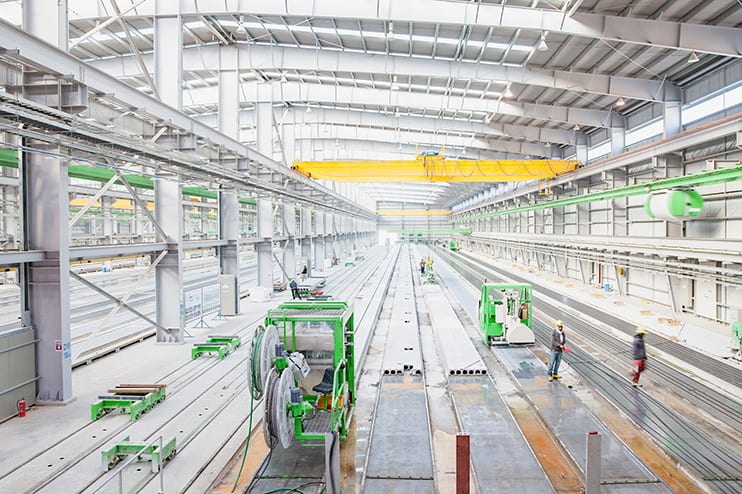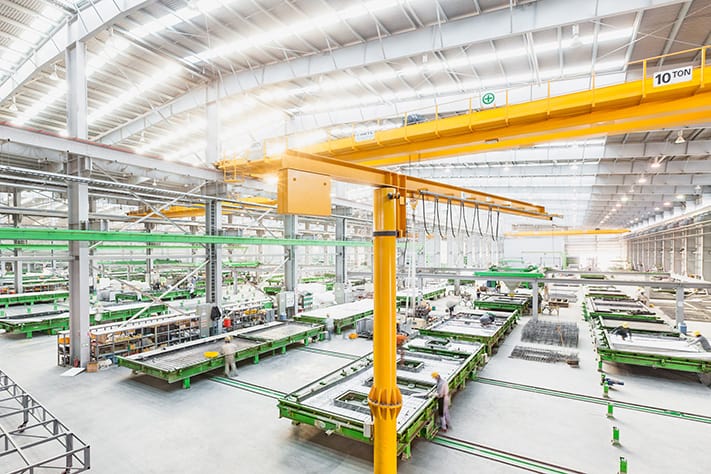WHAT ARE THE MINIMUM REQUIREMENTS FOR THE PRECAST PLANT?
Whether you will produce walls, floors, or other precast products, here is a list of what you need to start the precast production.
- Convenient location on economic distance from the future construction sites.
- Space for production lines. The specialization and volume of future production define the total land area and production area’s required size.
- Make a plan and all necessary applications for financing the investment.
- Batching and mixing plant close to the production facilities.
- Storage of raw materials and supplies, cement silos, and a separate storage area for manufactured products.
- Appropriate utility hook-ups like water, sewer, and electric power. Ensure also good communications networks, especially if you are going for automated processes
- Secured supply of raw materials, cement, and water for the concrete mix.
- Equipment for making and transporting concrete mix and machines for precast production and finishing.
- Finally, you will need a skilled workforce for the plant operation
